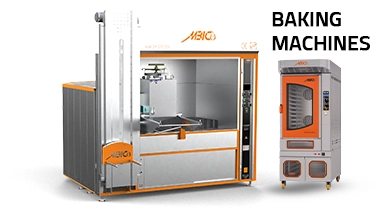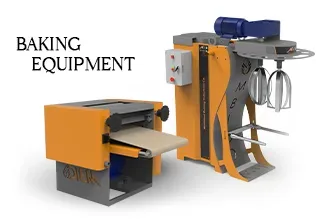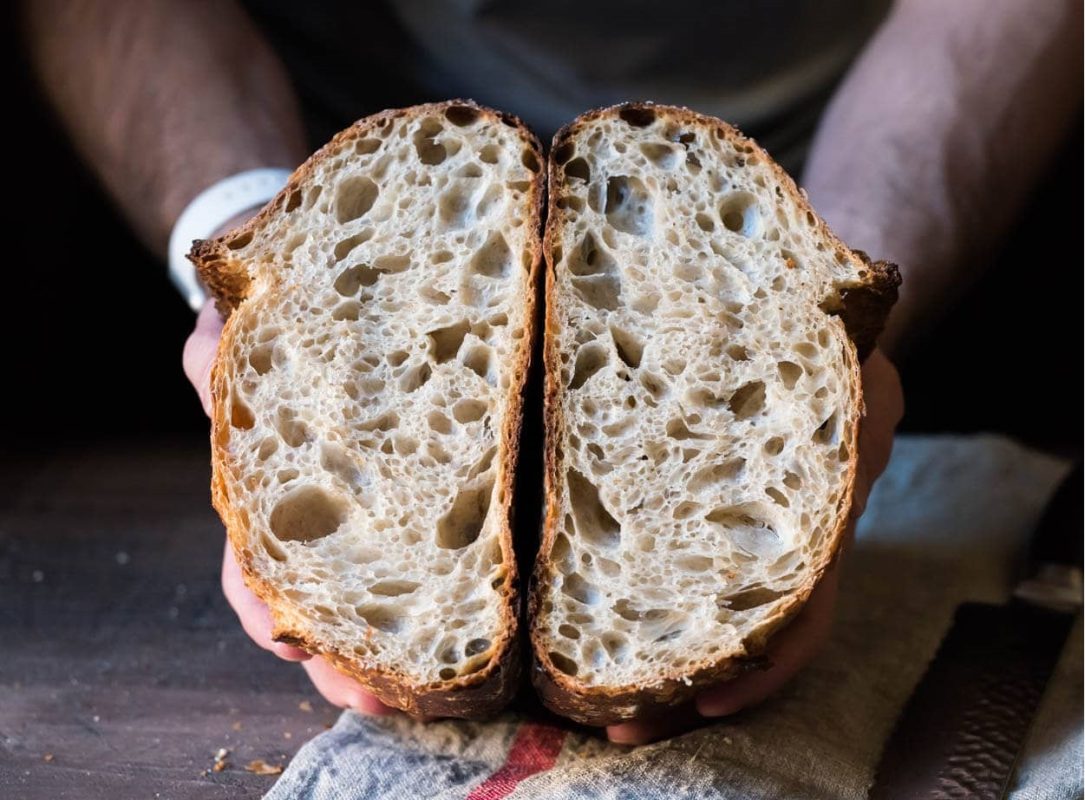Recipe
The Art and Science of Sourdough: Mastering the Tang and Texture
The Art and Science of Sourdough: Mastering the Tang and Texture
I remember my first sourdough loaf vividly. It was flat, dense, and had a crust that could stop a speeding train. The tangy promise I’d dreamt of was replaced by a sour, almost unpleasant taste. I felt defeated, a common sentiment for many home bakers embarking on the sourdough journey. The allure of that perfect, airy crumb and deeply flavored crust often feels just out of reach, leading to frustration, wasted ingredients, and a nagging sense that you’re missing a fundamental secret.
But what if I told you the secret isn’t some magical touch, but rather a deep understanding of the science at play? Through years of working in both artisanal bakeries and industrial food production, I’ve discovered that mastering sourdough isn’t about luck; it’s about precision, observation, and a scientific appreciation for the living dough in your hands. It’s about understanding the subtle dance between flour, water, and the microscopic life within your starter. Here at MBICO, a leading manufacturer of high-quality bakery equipment, we believe that understanding the fundamentals empowers you to achieve truly professional results, whether you’re baking for your family or a commercial venture. By the end of this article, you will have a deep understanding of sourdough fermentation and learn the exact techniques to apply it in your own kitchen, transforming your baking from inconsistent attempts to consistently magnificent loaves.
The Living Heart of Your Loaf: Understanding Sourdough Starter
At the core of every incredible sourdough loaf is a vibrant, active starter – a complex ecosystem of wild yeasts and lactic acid bacteria (LAB). This isn’t just a leavening agent; it’s the flavor engine, the crumb creator, and the very soul of your bread. Many bakers treat their starter almost like a pet, and in a way, they’re right. It’s alive, responsive, and thrives on careful attention.
The Microbiological Symphony: Wild Yeast and LAB
Unlike commercial yeast, which offers a singular leavening power, sourdough starter hosts a diverse community. Wild yeasts, abundant in the air and on flour, are primarily responsible for producing carbon dioxide, which gives the bread its rise. Simultaneously, lactic acid bacteria convert sugars into lactic and acetic acids. These acids are the source of sourdough’s distinctive tangy flavor. The balance between these two acid types, influenced by factors like hydration and temperature, dictates the final flavor profile – a warmer proof often favors lactic acid (milder tang), while a cooler proof encourages acetic acid (sharper tang).
Nurturing Your Starter: Feeding, Hydration, and Activity
Just like any complex biological system, your starter needs the right environment to flourish. In my years of running a professional bakery, I’ve learned that consistency in feeding is paramount. A typical ratio is 1:2:2 (starter:water:flour by weight), fed regularly when it shows peak activity (often 8-12 hours after its last feeding). Hydration levels also play a crucial role; a stiffer starter (lower hydration) tends to be more acidic, while a wetter starter (higher hydration) often promotes more yeast activity. Observing your starter’s activity – its rise, bubbles, and the “float test” – provides invaluable feedback on its health and readiness to leaven your dough.
Mastering the Sourdough Process: From Mix to Magnificent Crumb
With a healthy, active starter, we move into the actual bread-making process. Each step, from the initial mix to the final proof, is a carefully orchestrated dance of time, temperature, and technique, all contributing to the ultimate texture and flavor of your sourdough.
Autolyse and Mixing: The Foundation of Gluten Development
The journey to a truly open, airy crumb begins before you even introduce the starter. An autolyse – simply mixing flour and water and letting it rest – allows the flour to fully hydrate and enzymes to begin breaking down starches, creating more complex sugars for the yeast. More importantly, it kick-starts gluten development without any mechanical work. When you later add the starter and salt, gentle mixing, often followed by a series of “stretch and folds,” builds a strong, extensible gluten network. This network is what traps the gas produced by fermentation, giving your sourdough its characteristic structure and chew.
Bulk Fermentation: The Rise of Flavor and Structure
Bulk fermentation, or the first rise, is where the magic truly happens. It’s during this period that your starter’s wild yeasts devour sugars, producing CO2 gas to inflate the dough, and the LAB create those wonderful acids that define sourdough. Temperature is your most powerful lever here. A warmer environment (around 75-80°F / 24-27°C) will accelerate fermentation, leading to a faster rise and milder flavor. A cooler temperature (68-72°F / 20-22°C) slows things down, allowing for a longer fermentation time, which in turn develops more complex flavors. Over this period, multiple sets of stretch and folds are performed to strengthen the dough and evenly distribute the gases. Consistent environmental control, often achieved with specialized bakery equipment like proofers in professional settings, ensures predictable and superior results.
Shaping and Bench Rest: Building Tension and Evenness
After bulk fermentation, the dough is gently pre-shaped into a round, allowed to rest for 20-30 minutes (the bench rest), and then given its final shape. This crucial step builds surface tension, which is vital for maintaining the dough’s structure during baking and achieving good oven spring. As a food scientist, I appreciate how proper shaping creates a “skin” on the dough that helps contain the expanding gases, leading to a more evenly risen loaf. It also prepares the dough for its final proof.
Cold Proofing: The Secret to Depth and Manageability
While some bakers swear by a long cold ferment, others achieve great results with a shorter, warmer proof. Here’s the science behind both: Cold proofing (retarding) the shaped dough in the refrigerator for 8-16 hours (or even longer) serves multiple purposes. It significantly slows down yeast activity, allowing the LAB more time to produce organic acids, deepening the characteristic sourdough tang. It also makes the dough much easier to handle and score, resulting in a cleaner, more aesthetic crust. This extended fermentation also contributes to better crumb structure and a longer shelf life for your finished loaf.
The Bake: Achieving That Iconic Sourdough Crust and Crumb
The final act in the sourdough drama is the bake itself. This is where the potential built up during hours of careful fermentation is unleashed, transforming a shapeless mass into a glorious loaf.
Heat and Steam: The Maillard Reaction and Oven Spring
A hot oven and ample steam are essential for exceptional sourdough. Initial high heat (often 450-500°F / 232-260°C) provides “oven spring” – a rapid expansion of the dough as the trapped gases expand before the crust sets. Steam, particularly in the first 15-20 minutes, keeps the crust pliable, allowing for maximum expansion and preventing premature hardening. It also contributes to a thinner, crisper crust and the beautiful blistering often seen on artisanal loaves. Once the steam is removed, the dry heat promotes the Maillard reaction – a complex chemical process responsible for the golden-brown crust, intricate flavors, and tantalizing aromas that define a perfectly baked sourdough. A high-quality bakery oven, designed to deliver consistent, intense heat and effective steam injection, is truly indispensable for achieving these professional results consistently.
Troubleshooting Your Sourdough: Common Issues and Solutions
Even with a solid understanding, sourdough can throw curveballs. Flat loaves often indicate an under-proofed dough or a weak gluten structure. A pale crust might suggest insufficient baking temperature or duration. Based on the principles outlined in ‘Modernist Bread’ and countless hours at the bench, I’ve found that keeping a detailed baking journal – noting temperatures, times, and observations – is the single most powerful tool for diagnosis and improvement. Remember that the same principles of high, consistent heat and even baking are crucial across a range of culinary applications, from sourdough to pastries, and even when using dedicated pizza and food ovens for specialized dishes.
Conclusion
Mastering sourdough is a journey of continuous learning, a blend of scientific understanding, sensory observation, and a healthy dose of patience. We’ve explored the intricate world of your starter’s microbiology, dissected the critical stages of dough development, and unveiled the secrets to a perfect bake. The nuances of hydration, temperature, fermentation time, and baking conditions all converge to create that distinctive tangy flavor, robust crust, and open, airy crumb we all strive for.
This weekend, challenge yourself. Try adjusting your dough’s hydration by just 2% and observe the difference in the crumb, or experiment with a longer cold proof to unlock new flavor dimensions. Embrace the process, trust the science, and most importantly, enjoy the incredible satisfaction of baking your own magnificent sourdough.







Explore MBICO's categories
Bakery equipment
13 Products
bulk and semi-bulk bread baking ovens
3 Products
Bulk Breads Baking equipment
14 Products
Confectionery equipment
7 Products
Mini ovens
3 Products
Pizza and food ovens
4 Products
Baking equipment
25 Products
Bakery oven
5 Products
Tafton baking ovens
3 Products
Barbari baking ovens
4 Products
Sangak bakery ovens
3 Products
Lavash baking ovens
3 Products
Pastry and confectionery ovens
3 Products
Baking ovens
10 Products
Mobile baking machines
4 Products
Explore MBICO's products
Confectionery Rack Oven for Baking Pastry
Dough Mixer with removable Bowl
Dough Kneading Table
Confectionery Mixer
Automatic Production Line for Baking Sangak Bread
Dough Mixer
4-Roll Dough Sheeter
Bread Slicing Machine